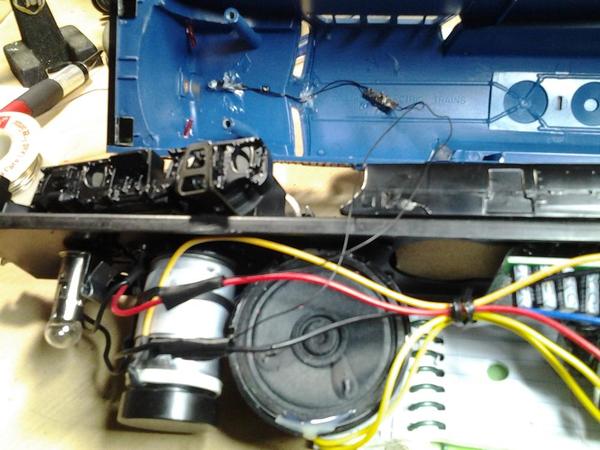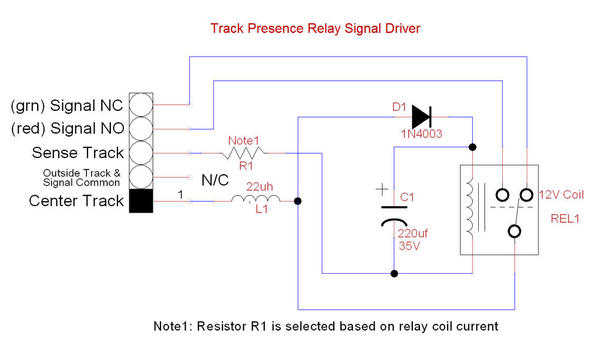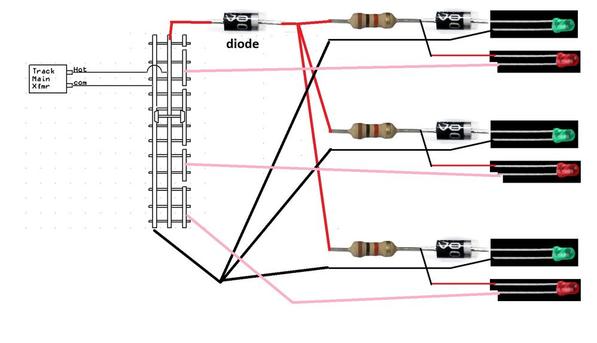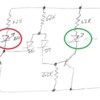True enough, but the concept of "simple" varies. To a lot of non-electrical types, it is important to have a correspondence between the physical and electrical arrangement of things. The simplicity of the circuit never enters into it.
My control panel is electrically simple, but many people can't deal with it. Here is my accessory wiring strategy-
1. All switches and buttons on the control panel pull to ground - no exceptions. I have 20 controls on the panel but only 21 wires; one is common to all switches and buttons.. Accessory ground is common to track outer rail. This is nice because I can add a manual control to any insulated rail signal with 1 wire and no fuss.
2. There are 3 bus strips for supply voltages, 12 VAC, 12 VDC, 16 VAC. There is an additional ground bus for continuously burning lights. Most everything works on DC except those items that specifically need AC such as vibrotor stuff, Fastrack switches, some electronics like those K-Line signal bridges previously discussed. DC supply is a commercial Samlex switcher, 23 amps regulated. Beats the pants off ANY train transformer as far as regulation goes.
3. All accessories have 2 wire power circuits to the control panel. All hots and common originate at the control panel. No track returns. Very little "bus" wiring.
This makes it extremely simple to change accessory connections. The control switch wiring is totally independent of the supply voltage, because all control switches work to ground. The "hot" wire of each accessory goes to the correct voltage bus, the common side connects to the desired switch. Changing the voltage or moving to a different switch is a quick 1-wire change. But, I am forever told that it won't work or it is unsafe because i'm mixing AC and DC, or I can't phase a DC supply with AC supplies, or it is not safe to put a switch in the common, etc. etc. etc.
Simplicity is in the eye of the beholder.






























